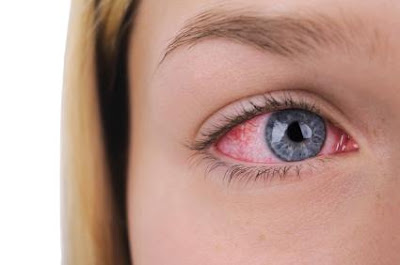What We Do to Treat Dry Eye Disease

I f you suffer from dry eye, we will offer you treatment options. Many treatments for dry eyes are available without a prescription. We are an Accredited Dry Eye Center so we will use the TearLab® Osmolarity Test to evaluate the effect of your treatment and if necessary make changes to ensure the best outcomes for you. Treatments for dry eyes may include: Artificial Tears There are many artificial tears available over the counter. If your eyes dry out while you sleep, you can use a thicker lubricant, such as an ointment, at night. We will recommend specific drops you may use. Plugs (temporary and permanent punctual occlusion) Sometimes it is necessary to close the ducts that drain tears out of the eye. Temporary or permanent plugs can be inserted to hold tears around the eyes longer. Many patients find that plugs improve comfort and reduce the need for artificial tears. Restasis® For the treatment of chronic dry eye, Restasis is currently the only prescription eye d